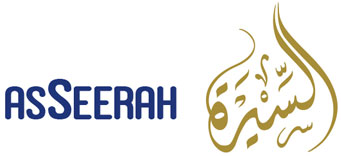
Madrasa 16 & 17: Efforts of Merger of Two Systems
-
Alternate Education
- at 22 June 2012
SYED JAWED ANWAR
First Published: Muslims Weekly, New York August 13 & August 20, 2004, Issue #232 & 233
VARIOUS efforts have been made to merge the two systems --secular, Western education and Islamic education in India-- but unfortunately most of them failed. Here are two examples:
Jamia Osmania, Hyderabad
Mir Osman Khan was the ruler Nawab of Hyderabad Deccan, a Muslim Independent State under the dominion of British India. He was an education-friendly ruler, established Jamia Osmania in 1917. The initial planning was made by Islamic and educational experts like Syed Ali Bilgrami, Allama Shibli Nomani, and Maulana Hameeduddin Farahi. Islamic knowledge and Western knowledge were merged after a process of deep thinking and research by these elders, but the administrations of the university and the State later amended and changed the system.
The Eastern Islamic tradition in the university was maintained due to the overall State’s traditional practices; however, the hopes of a revival of the Islamic education system proved to be an illusion. This university’s medium of education was Urdu, and the syllabus books became more technical and scientific.
The government of Pakistan(established in 1947) maintained from the beginning that Urdu was not sufficient to be used for higher education or as the government’s official language. Osmania University, however, proved in its beginning that the Urdu language was rich and powerful enough to educate and communicate in the modern world.
Jamia Millia Islamia, Aligarh, Delhi
Khilafat Movement started in India in 1919 by an Aligah Alumni Maulana Muhammad Ali Jauhar. Created out of the anger against the British who played a significant rule to end the Khilafat-Osmania (Caliph of Ottoman), Turkey, the movement attempted to save the institution of Khilafah of Turkey and protect the concept of the Unity of Ummah (Muslim community of the world).
The administration of the Aligarh Muslim university retained the pro-British policy. The rebellious students of Aligarh, under the leadership of Maulana Jauher, established an Islamic Institution in the Jamaa Masjid of Aligarh. Sheikh ul Hind Maulana Mahmoodul Hasan Deobandi, who was released from being imprisoned in Malta by the British occupying government on October 29, 1920, was invited by the rebel students of Aligarh to inaugurate the “Jamia Millia Islamia, Aligarh.” The financial supporter of this effort was Hakim Ajmal Khan Dehlavi, a great physician of his time. Khawja Abdul Majeed, B.A.,Cambridge, became the first principal of the university. In the curriculum committee, along with Maulana Muhammad Ali Jauhar and the principal, following were the members:
Tasadduq Ahmed Khan Shirwani, B.A., Cambridge; Secretary Jamia Millia Islamia; Muhammad Ali Khawja, B.A., Cambridge; ex-principal of Habibia College, Kabul; Maulvi Mohiuddin Qusuri and his father Maulvi Abdul Qadri Qusuri; President Khilafat, Committee, Punjab.
In the introductory book of Jamia Millia, Maulana Muhammad Ali Jauhar, the purpose of the Jamia was stated, “Our purpose of the education is that we want to produce from our institutions those youth who, will not only be educated from all modern standards, but will be Muslims in true meanings and will have the spirit of Islam and be educated at such a level that they will work as preachers of Islam independently. For this purpose, we declare that the understanding of the complete Qur’an is the foundation stone of our education.
“Now, in this way, the knowledge of this Duniya (World) and Deen (the Islamic way of life) will gather under one roof from which everybody will be benefited, and curtains of ignorance between the two system that makes the knowledge of Deen senseless and knowledge of Dunya purposeless and Godless will disappear.”
Arabic syllabus was implemented similar to Aligarh; however, the full focus was on Arabic literature and eloquence, and there was only a short syllabus of Islamic education. There was one book on each: Tafseer and Seerat e Rassol (s.a.w.). There was no book on Hadith, Fiqah, and Kalam.
The most important point about this education was that, instead of English, Urdu was the medium of education, and technological and vocational training was given importance so that students could get economic freedom and start their professional lives independently.
The British government of India closed the door to employment for the students of Jamia; however, the universities in Europe accredited the Jamia. Several students, after completing their education, went to Europe and, upon returning, they could get government employment in India.
This university was later moved to Delhi. Dr. Zakir Hussain (Aligarian and ex-President of India) became the first vice chancellor of Jamia Millia. The academically prestigious Professor Mujeeb and Dr. Abid Hussain were professors of the university. These people had struggled and persevered in a difficult situation and promoted their cause by wielding the weapon of the pen and page.
This university was established in opposition of Aligarh. From outer appearances, it seemed that they were different, but it was finally proven that the only difference was the opposition of the British government. The approach to education, however, was similar. Islamic Colors as defined by its founder faded away soon. In the Khilafat movement, Hindu-Muslim friendship was developed, and soon, in opposition of the British, Hindus and Muslims joined the Congress Party of India and brought Indian nationalism inside the university. They painted the new ideology of the university with Indian nationalism and the Islamic color was completely faded away. Even the weekly holy day of Jummah was replaced by Sunday.
The roots of Jamia Millia Islamia were cut out from Aligarh (Muslim nationalism) and Deoband (Islam) and became the Indian nationalist university, which is opposite to its name.
More Refined Efforts to Develop a New System
Now I will discuss in brief the more intelligent and refined efforts in India.
Nadwa tul Ulema, Lucknow
In the annual ceremony of Madrasah Ila’hiyat in 1892, an organization of Ulema (scholars), Nadwatul Ulema, was formed. The president of the organization was Maulana Muhammad Ali Moongeri Khalifa Hazrat Shah Fazlur Rehman Gunj Moradabadi (1895).
Maulana Abdul Lateef Aligarhi, Maulana Abdullah Tonki, Maulana Habib ur Rehman Khan Sherwani, Maulana Shibli Nomani and other Shia and Ahle-Hadith ulema were the members. This organization’s main success was the establishment of the educational institution “Madrasah Nadwa tul Ulema,” Lucknow. The first meeting was held in Kanpur on Shawwal 15-17, 1310 (April 22-24, 1893), and all the members of Nadwa agreed to establish a Madrasah, but to finalize and agree on the curriculum and syllabus was the most difficult task, taking five more years to finalize. Darse Nizami had already become an old and gradually dried curriculum. After a long struggle, Nadwatul Ulema (the organization) developed a new curriculum. Tafseer and Hadith got the right status in the syllabus, and the education of logic and philosophy were given a lower priority. New books were prepared in modern style. Arabic was taught as a living language. English and some modern education were also incorporated into the system. Social sciences, especially history and geography, were ranked high in importance. Ulema accepted the amended syllabus and broke the “idol” of Nizami Syllabus (Maulana Abul Kalam Azad and Maulvi Muhammad Ismail Meerathi criticized the Nizami Syllabus in very strong words) and opened the door of reform.
Maulana Shibli Nomani started a magazine Al-Nadwa to publicize the ideas of the Madrasah. The Madrasah got its final shape in 1908, and Maulana Shibli, who was teaching in Aligarh College, left Aligarh to join Nadwa as a chief. Maulana Shibli was gifted with diversified qualities. Under his leadership the Madrasah Nadwatul Ulema progressed tremendously. There were three stages of education: Ibtadaiya (pre), Aalmia (secondary), and Faazlia (higher).
Ustaad Taqi uddin Hilali wa Al Marakashi (Moroccan) developed a true taste for the Arabic language in students. Alumni of Nadwa got a reputation not only in India but also in the Arab world. Nadwa got an excellent position in this field and also in the field of writing research papers and books. Darul Mussanifin (the house of writers), an academic and research organization of the Muslim intellectuals of the time, was the by-product of Nadwa. This Madrasah produced many men of letters.
Unfortunately, Nadwa did not have the impact on society as Deoband and Aligarh had in their circles. This institution failed to reform the Muslim society from stagnation and is not known to have made any major achievements. It did, however, produce some individuals who contributed great services to Islam and Muslims.
Except Jamia Abbasia, Bhawalpur, no other institution followed the pattern of Nadwa.
Madrastul Islah, Sarai Meer
The founder of the famous Anjuman Islah ul Muslemin (foundation in 1903), Maulana Muhammad Shafie, led the foundation stone of Madrasahtul Islah in a barren field of Sarai Mir, a suburb of Azamgarh, U.P., India. Disheartened with the situation of Nadwatul Ulema, Maulana Shibli Nomani also joined this Madrasah in 1912. The initial sketch of aims and objectives of this Madrasah was also drawn by him. He found the environment of this Madrasah to be more suitable for him to serve the purpose.
Maulana Shibli Nomani, the most prominent Islamic scholar of his time, was disturbed because of the Munazra (religious debate) of Hindu Arya Samajis. Grukul Kangri (Adjacent Hariduar) was the religious and residential educational institution of Arya Samajis. Maulana Shibli Nomani in a letter to his cousin (maternal) Maulana Hameeduddin Farahi wrote, “I advise you to manage this institution in the pattern of Grukul Kangri.”
Maulana Shibli Nomani didn’t have much time to implement his ideas and died in 1914. His cousin Maulana Hameeduddin Farahi, disheartened with the situation in Jamia Osmania, Hyderabad, left the Jamia and started living in his home Azamgarh. He spent most of his time for Madrasahtul Islah till his death in 1930. Maulana Hammeduddin Farahi was a brilliant person. He, graduated from Aligarh, had a deep knowledge of Islam and modern education. He was an expert in various languages including Hebrew. He spent forty years in thinking over the meanings of the Qur’an. He is known as a founder of a new school of Tafseer (commentary and description of Qur’an). He proved that every Ayah (sentence) and every Surah (chapter) is connected with next Ayah and next Surah. It is in sequence, and they confirm and complement each other.
He declared that the Qur’an will be the main source of knowledge in understanding any knowledge. He designed a wonderful syllabus, approved the explanatory books, and discarded the difficult-to-understand and complicated books. He approved only two to four books on Sarf, Nahoo, and logic. As far as teaching methods, he started one field of knowledge in one year and with extensive practical workshops. Vocational training of technology and industry were included in the curriculum so that Ulema could work independently.
Independence, self-respect, commitment, and sincerity were the main characteristics of the Madrasah. The bad impact of the tradition of door-to-door collection of funds established by Aligarh and Deoband was already revealed, and Maulana Farahi was extremely against this type of fund collection and donations. Some people had given some property in Bombay and Rangoon, and a few people were donating by themselves regularly. Teachers and students were living and learning in huts and eating simple foods. However, the survival of any Madrasah without donation became difficult in newly established traditions, and ultimately this Madrasah had to start collecting donations.
The designer of the curriculum claimed, “Neither in India nor in any Islamic country was there ever implemented a better curriculum than this.” Maulana Ameen Ahsan Islahi, Maulana Akhtar Ahsan Islahi, Maulana Abul Lais Islahi, Maulana Sadruddin Islahi, etc were the products of the Madrasah and experts in the understanding of the Qur’an. The deep understanding and in depth knowledge of the Qur’an were specialties of the Madrasah.
Some of the Madrasahs were established in the pattern of Madrasahtul Islah: 1. Jamiatul Falah, Balaria Ganj, Azamgarh; 2. Dersgaah Islami, Mahmoodabad, Rampur; 3. Islamia College Shantapuram, Malapuram, Kerala, South India; 4. Darul Uloom Port Billiard, Island of Andaman, India.
After the independence and creation of Pakistan, the old Indian pattern of education (dominant Aligarh and Deoband) was implemented in Pakistan without realizing that they are now living in a completely new situation.
The present effort of General Musharraf and his team to change the system of Madrasah and all the schools to make them more compatible as required by his Master, the empire, have an evil and nefarious design. No wise Muslim is going to accept such changes. Only Allah-loving educational experts can change the system to make it more relevant and to place the Muslim Ummah in a leading role.
(This is a series of columns for the understanding of the history of centuries old Madrasah and Islamic Education System in South Asian perspective published in the Muslims Weekly, New York, USA, in series of the weekly column “Personal Notes.” Syed Jawed Anwar can be reached at jawed@seerahwest.com)
Recent posts
-
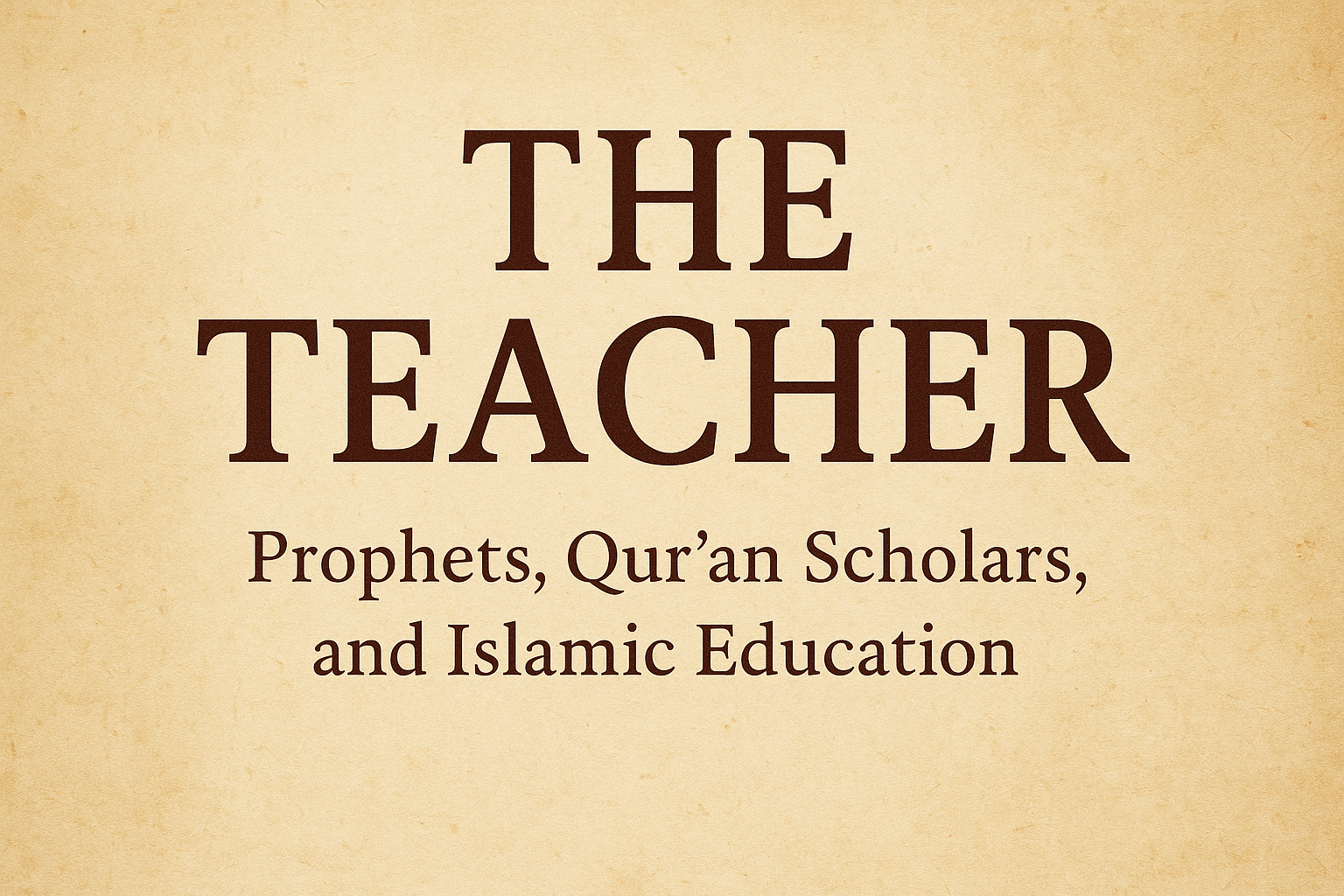
The Teacher -1
16 September 2025 -
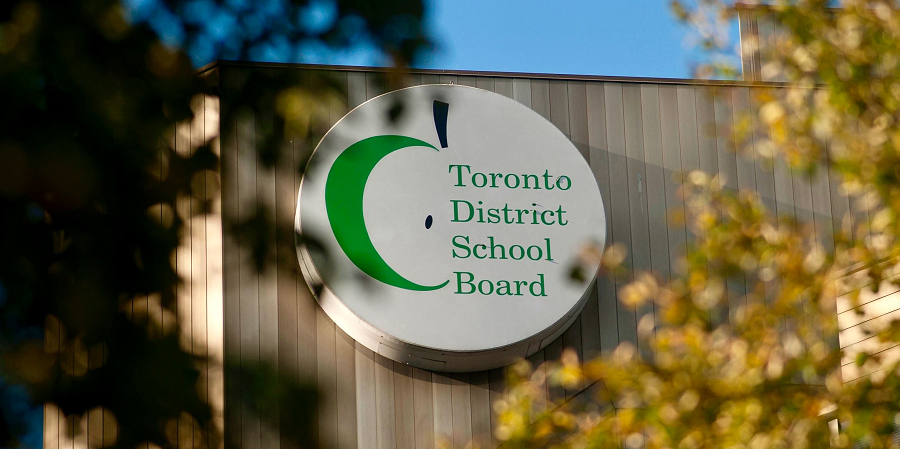
A Call to Slash Wasteful Spending in Ontario Public Schools and End Ideological Indoctrination
04 September 2025 -
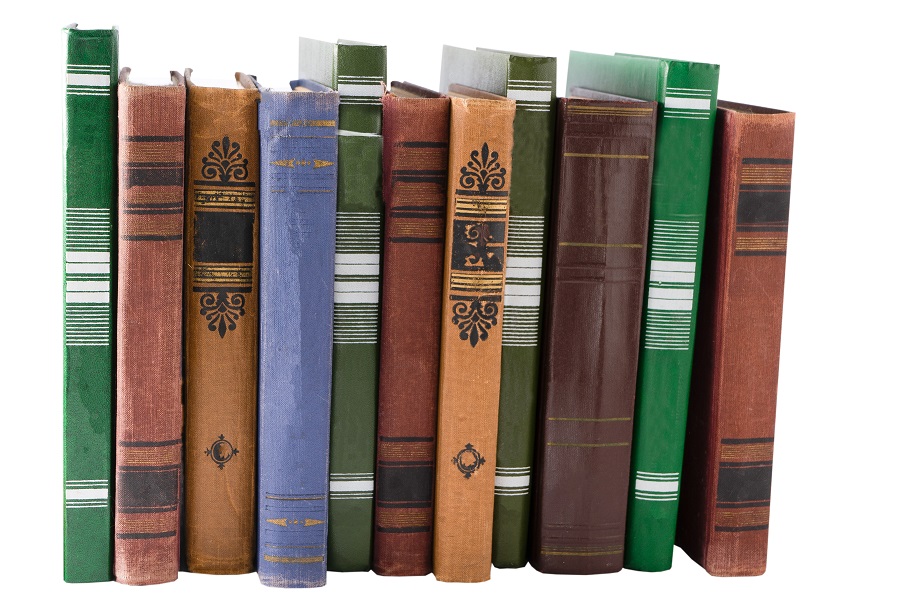
The Priorities of Education
19 August 2025 -
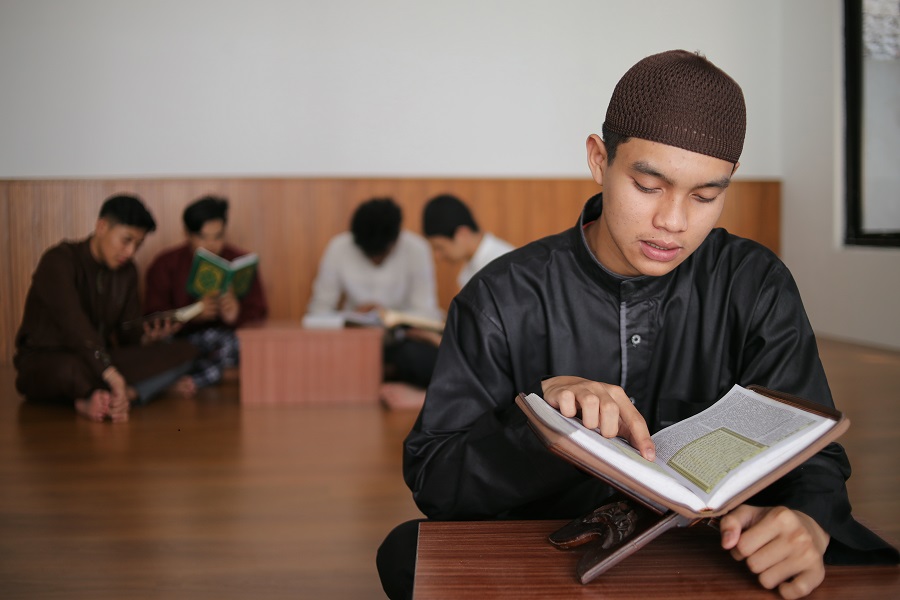
The Purpose and Objective of Education
12 August 2025 -
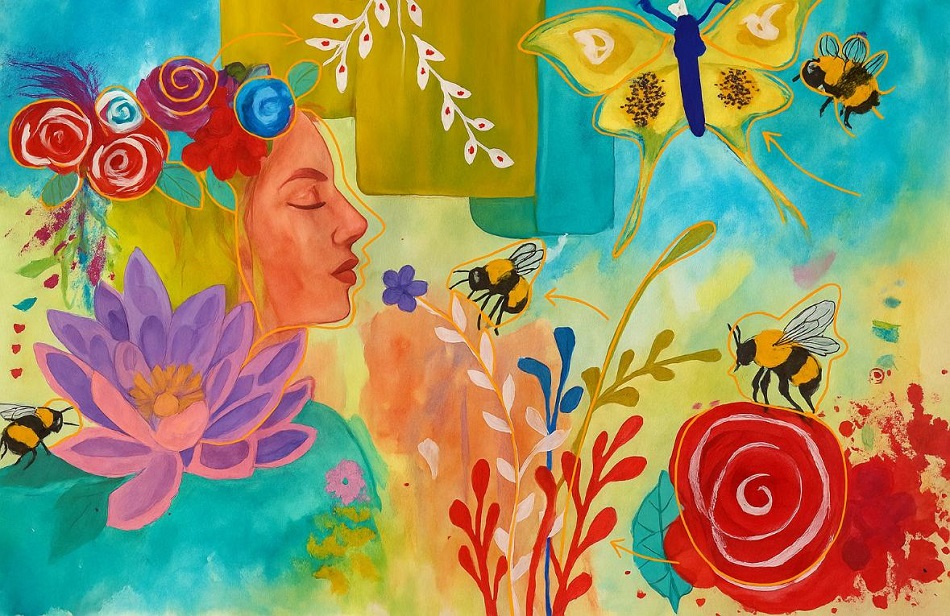
Embracing Autism is Embracing Your Child
07 August 2025 -

How to Start a Private School in Ontario, Canada
04 August 2025
